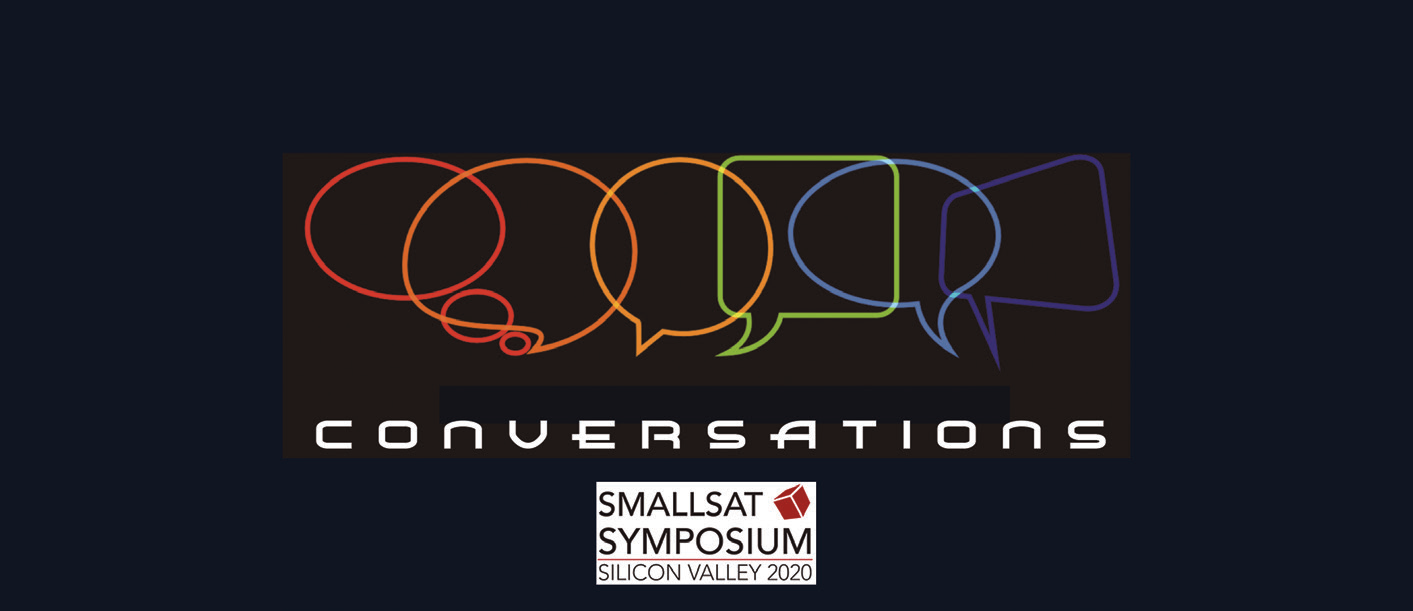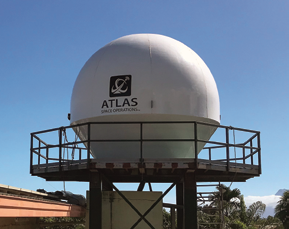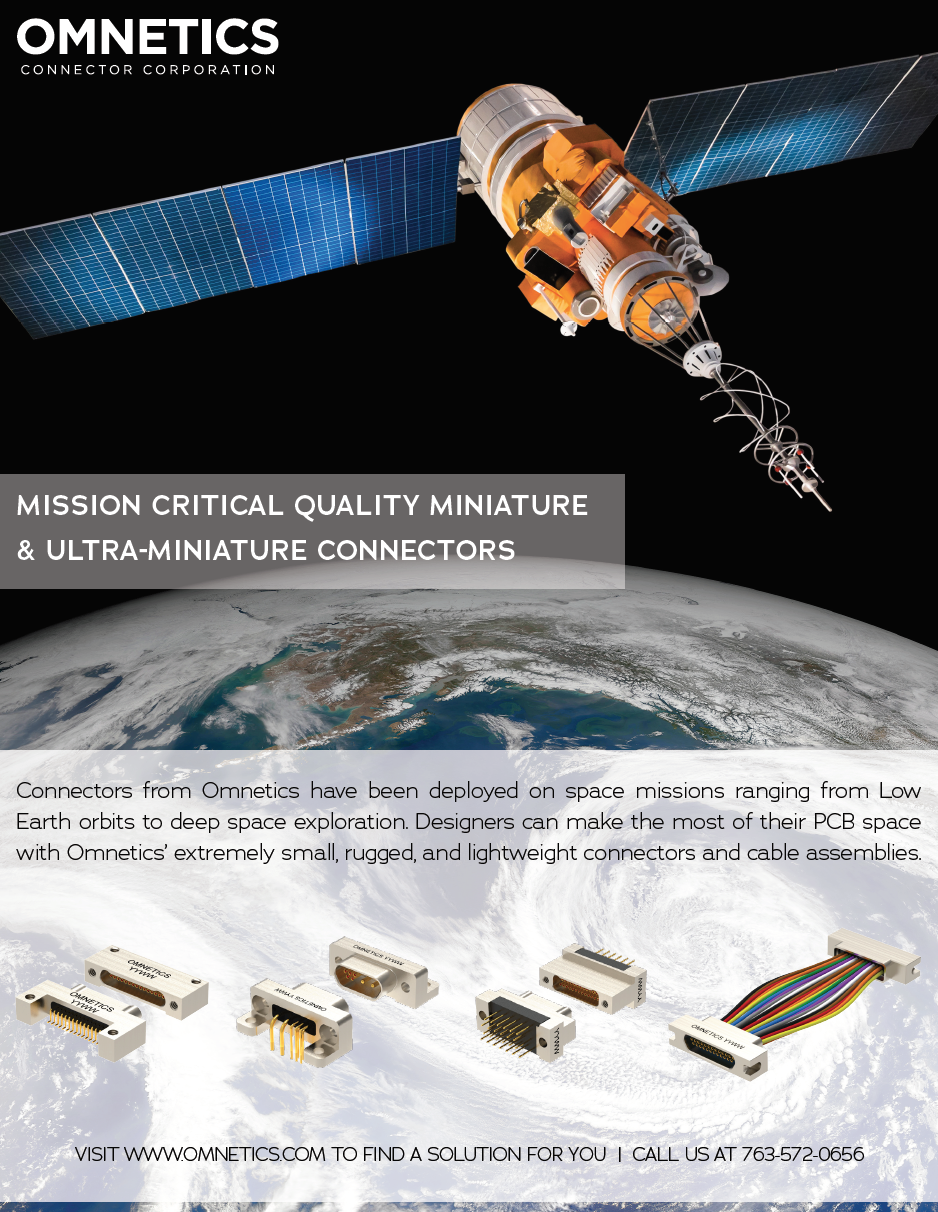
Brad brings more than 20 years of software development experience in the aerospace industry to the ATLAS team. He has designed, developed, tested, and deployed satellite command and control, mission planning, and data management applications through his career. Brad is the brains behind the ground-breaking Freedom™ Software Platform. He holds an MS in Computer Science from Northern Illinois University.
What services and products does your company provide to the smallsat industry?

Brad Bode (BB)
ATLAS has a unique approach for ground to space communications and data transfer which includes network services, a global antenna network, launch support, and our University Frontiers program. At the center of each of our services is the FREEDOM™ Software Platform. FREEDOM™ simplifies all of the traditionally labor intensive, often slow, manual processes of communicating with your satellite. FREEDOM™ is a software architecture and global ground network with a set of tools that unify ground communications. One API, one near real time set of metrics, and one telemetry and commanding interface for the entire ground network no matter the underlying hardware. With FREEDOM™ customers never have to worry about re-writing their ground software when integrating new sites or spend weeks integrating new networking rules. If scaling is a concern, then FREEDOM™ is the solution.
What do you believe are the most significant challenges to be addressed within the smallsat and related market segments?
BB
There are a few issues here, so I’ll address them in parts. The first hurdle are the regulatory issues. In our opinion, the International Telecommunications Union (ITU) needs to play a more active role in our industry segment. Increased non-geostationary (NGSO) activity and commercial viability are still dominated by GSO protocols and slow to adjust to the demands of the evolving market. You can see this in the FCC’s granting SpaceX permission to provide service over the Starlink system last year, and that was prior to any reaction from the ITU.
Another issue is space debris. Not everyone can agree on what counts as space debris, nor how to manage it. Right now, the burden is on U.S. government, but what we really need is a global commercial solution. To achieve Space Domain Awareness, we need to think about more than just collision avoidance. We are seeing nascent commercial ventures pop up to augment defense radars, which is useful, but we also need greater accountability for spacecraft owners in the maritime and air domains. At a minimum, that accountability will involve platforms for tracking and identification.
The lack of a common, global, ground network interface for satcom is a big issue slowing down the integration, testing, and launch of new and novel satellites. Being a ground system provider, we see firsthand how different each solution can be, from the baseband to the C2 system. We’ve seen many different companies writing the same code over and over. We’ve also seen satellites built with so much complexity that the ground system solution requires additional expensive hardware or setup.
What is your company presenting at the SmallSat Symposium?

BB
Our Vice President of Commercial Business Development, Dr. Sean Casey, is speaking on the Interconnected Earth Stations panel. He’ll be talking about how cloud-based software solutions are connecting different hardware components of the space communications layer and virtualizing ground station infrastructure for current and future networks.
What may we expect you to reveal over the next few months?
BB
Scaling. ATLAS FREEDOM™ is foundational to empowering satellite owner/operators with access to their data securely and on their own timeline. As a young company with fresh ideas, we are agile enough to adapt to the needs of our customers and grow with them. Being cloud-based allows the secure scaling required to manage and integrate dissimilar networks.
How do you see software architecture evolving in the satellite communications industry?
BB
We see SATCOM moving toward a solution closer to the cell phone industry where satellite owners are billed per minute rather than per pass. The industry wants to go there, but the architectural solutions and number of global antennas need to catch up with desire.
The largest capital cost in ground networks are typically the antenna and baseband hardware. Any software architecture must focus on secure re-use of the most expensive equipment while also driving down the cost of integration and operations. This can only be done by leveraging cloud technologies with a focus on sharing and unification of interfaces. No satellite owner should be re-writing the same glue code others have to write. They should be focused on building the best satellite they can possibly build to maximize ROI.



